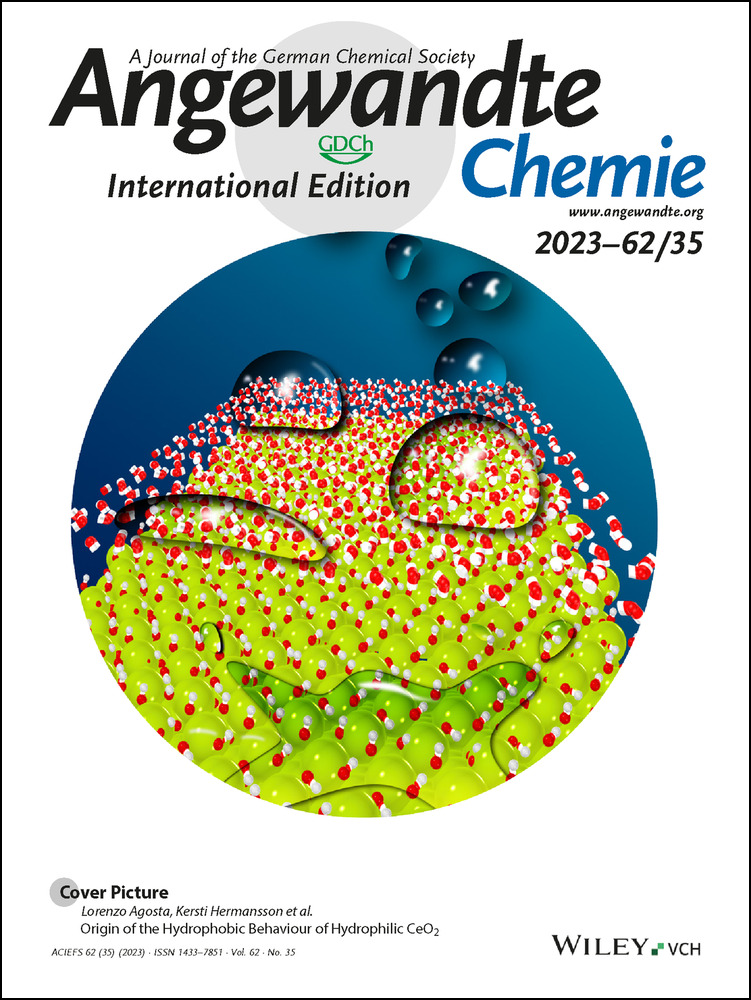Modular-Approach Synthesis of Giant Molecule Acceptors via Lewis-Acid-Catalyzed Knoevenagel Condensation for Stable Polymer Solar Cells
Graphical Abstract
A simple and cost-effective approach to accessing giant molecule acceptors is presented, employing a Lewis acid-catalyzed Knoevenagel condensation (or its silyl-mediated version). Notably, this new approach significantly expands the range of substrates that enables the use of readily available diboronated linkers. This methodology also offers a modular and robust synthesis of tailor-made donor-acceptors for a wide range of emerging technologies.
Abstract
The operational stability of polymer solar cells is a critical concern with respect to the thermodynamic relaxation of acceptor-donor-acceptor (A-D-A) or A-DA'D-A structured small-molecule acceptors (SMAs) within their blends with polymer donors. Giant molecule acceptors (GMAs) bearing SMAs as subunits offer a solution to this issue, while their classical synthesis via the Stille coupling suffers from low reaction efficiency and difficulty in obtaining mono-brominated SMA, rendering the approach impractical for their large-scale and low-cost preparation. In this study, we present a simple and cost-effective solution to this challenge through Lewis acid-catalyzed Knoevenagel condensation with boron trifluoride etherate (BF3 ⋅ OEt2) as catalyst. We demonstrated that the coupling of the monoaldehyde-terminated A-D-CHO unit and the methylene-based A-link-A (or its silyl enol ether counterpart) substrates can be quantitatively achieved within 30 minutes in the presence of acetic anhydride, affording a variety of GMAs connected via the flexible and conjugated linkers. The photophysical properties was fully studied, yielding a high device efficiency of over 18 %. Our findings offer a promising alternative for the modular synthesis of GMAs with high yields, easier work up, and the widespread application of such methodology will undoubtedly accelerate the progress of stable polymer solar cells.
Conflict of interest
The authors declare no conflict of interest.
Open Research
Data Availability Statement
The data that support the findings of this study are available in the supplementary material of this article.





